Guide to egg abnormalities and how to solve them
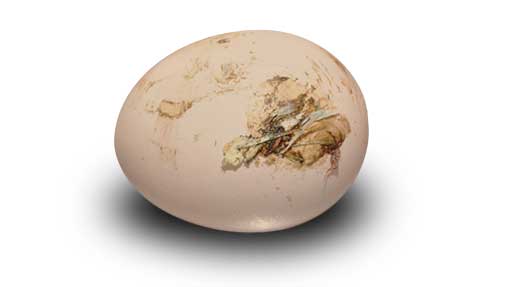
Producing quality, fertile eggs is the objective of every broiler breeder, both as a mark of their professionalism and to maximise their economic return.
With this in mind, breeding company Aviagen has produced a new pocket guide for farm managers, identifying a number of the most common egg shell abnormalities that cause poor hatchability.
The guide describes the most likely causes and suggest possible solutions.
“The text in this new pocket guide is deliberately clear, concise and simple in order to provide a quick reference point,” says global head of technical transfer Nick French. “This allows the farmers to have all the information they need when they are confronted with problems on the farm and an invaluable tool to optimise performance.”
The following is a selection of the more common abnormalities found on farm:
Floor eggs 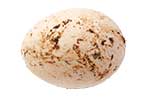
Possible cause 1: Insufficient nest space
Solution: Allow maximum of four birds per nest or 40 birds per metre
Possible cause 2: Birds not using nest boxes
Solution: Introduce perches at 28 days in rear
Ensure no barriers to nest boxes such as feeders/drinkers
Uniform light distribution of 60 lux+
Walk house six to 12 times a day, to remove floor eggs
Possible cause 3: Birds having to choose between eating or going to nest
Solution: Provide enough feeder space and manage feeding times well
Blood on shell 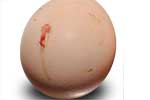
Possible cause 1: Damage to cloaca due to sexual immaturity/over stimulation
Solution: Use recommended lighting/feeding programmes
Possible cause 2: Aggressive behaviour
Solution: Ensure proper stocking density, feeder space and male:female ratio
Small eggs 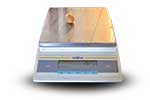
Possible cause 1: Birds moved too early to open-sided houses
Solution: Use blackout blinds and do not transfer before 18 weeks
Possible cause 2: Lighting too early
Solution: Delay transfer and delay light stimulation
Possible cause 3: Poor flock uniformity
Solution: Use flock grading to establish a CV of less than 10%
Faecal contamination
Possible cause 1: Nests are not c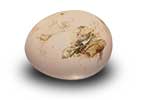 lean
lean
Solution: Change or top up nesting material every 10 days
Possible cause 2: Infrequent egg collection
Solution: Collect eggs at least four times a day
Possible cause 3: Faeces on egg collection systems
Solution: Clean or sanitise at least weekly
Possible cause 4: Feed is contaminated
Solution: Monitor feed samples for signs of drugs or mycotoxins
Cracked/punctured eggs 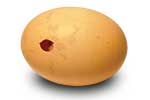
Possible cause 1: Egg collection/packing system causing cracks
Solution: Check for any rough transfer points
Possible cause 2: Too many birds per nest
Solution: Allow maximum of four birds per next or 40 birds per metre
Possible cause 3: Mechanical nests not run often enough
Solution: Run at least three times a day, to clear eggs from nests
Abnormal shaped/wrinkled eggs 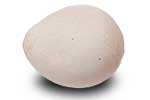
Possible cause 1: Disease
Solution: Check for Newcastle Disease, IB and Egg Drop Syndrome
Possible cause 2: Incorrect vaccination
Solution: Check the vaccination programme is suitable for the area
Possible cause 3: Poor biosecurity
Solution: Train all staff in best practice
Thin shelled eggs 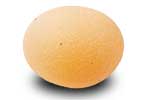
Possible cause 1: Incorrect nutrient levels
Solution: Analyse feed for calcium, phosphorous and vitamin D
Possible cause 2: Disease
Solution: Check for mycoplasma and ND, avian influenza, EDS and IB
Double yolk eggs 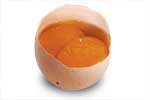
Possible cause 1: Light stimulation has occurred too early
Solution: Delay transfer and delay light simulation until birds are sexually mature
Possible cause 2: Overfeeding into peak
Solution: Follow the recommended feeding programme
Pale/white eggs 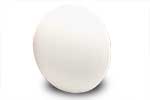
Possible cause 1: Possible disease
Solution: Check for usual diseases and check vaccination programme
Possible cause 2: Feed contamination
Solution: Prevent cross-contamination in feedmill and maybe add vitamin C
Calcium deposits 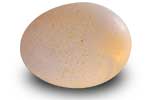
Possible cause 1: Calcium in diet too high
Solution: Check samples and stick to recommended doses
Possible cause 2: Disease
Solution: Check for infectious bronchitis
Slab sided eggs 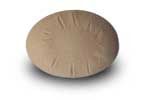
Possible cause 1: Old flock
Solution: Replace with younger birds
Possible cause 2: Excessive flock disturbance
Solution: Minimise loud noises and activity around house
Possible cause 3: Incorrect stocking density
Solution: Avoid overcrowding as birds age
In total, the Aviagen pocket guide covers 12 different conditions, with more detailed advice for broiler breeders. It can be downloaded from the Aviagen website http://en.aviagen.com/tech-center/
